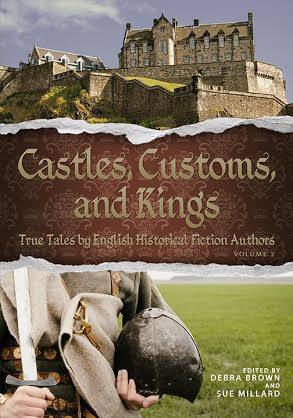Last weekend, I had a great time at the Read It, Write It Festival in Wellington, FL. There were a lot of fascinating books available, and I talked to a lot of interesting people, readers and potential writers. Always a great day when books are involved.

On 6/28/2025, I will be attending the Literary indulgence Festival in Jacksonville, FL. This promises to be another fantastic event.

In the future, the Sunshine State Book Festival will be held in Gainesville, Fl. Visit here for more information. http://www.sunshinestatebookfestival.com/

So much to look forward to!













